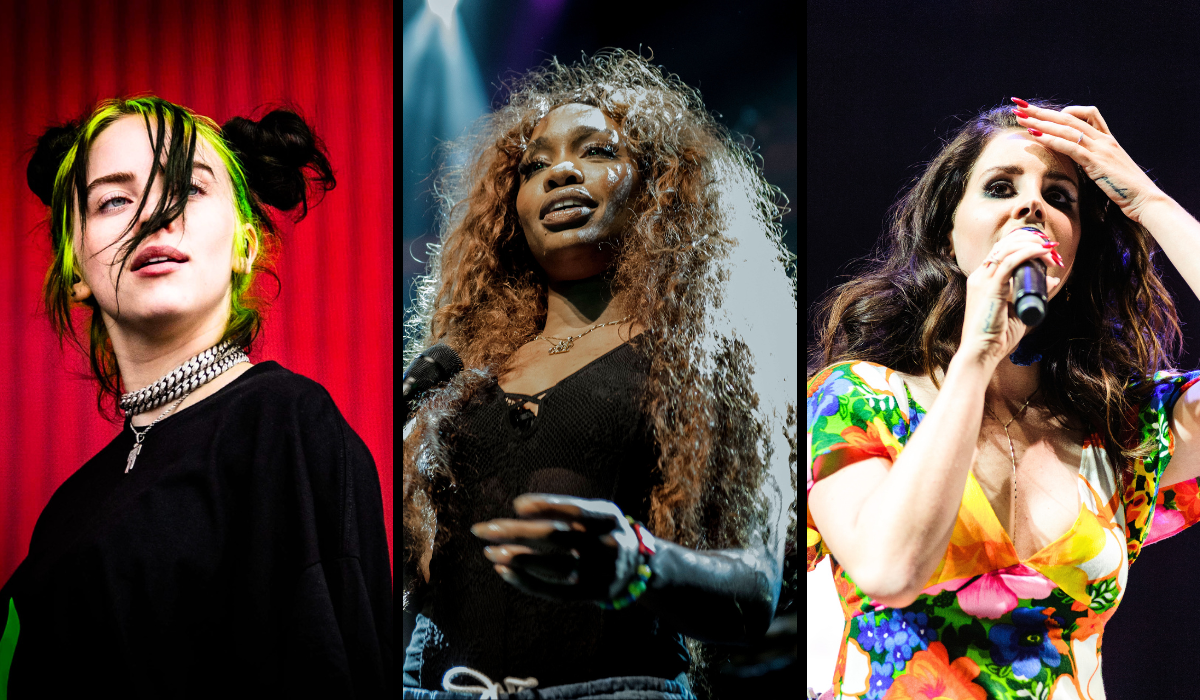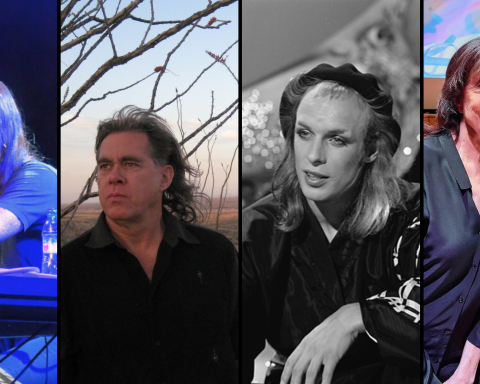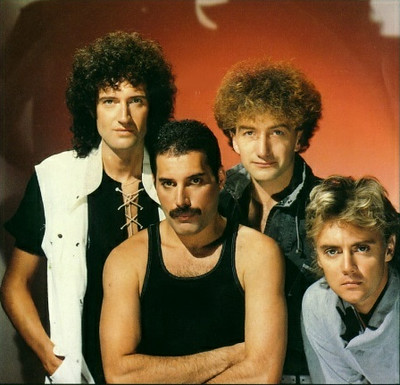Music is a medium that rewards attention. In decades past, the double album was considered the artistic apex. Titles like Elton John’s Goodbye Yellow Brick Road and Electric Ladyland by Jimi Hendrix earned critical praise and commercial success. Still, the evolution of technology affects music fan’s experience, resulting in ever-evolving formats. Social media led to new music-listening habits, and indie artists had to adapt. As a result, many up-and-comers strategized their release cycles around singles and EPs, making albums a dying breed. However, among mainstream artists, the long-form listening experience is experiencing a revival. Here are some reasons why the biggest names in music are starting to lean toward releasing lengthy albums.
Value in Numbers
Gone are the days of thinking long and hard about which songs should make the final cut of an album sequence. The latest Beyoncé album, Cowboy Carter, is the longest record of her career, reaching the 78-minute mark. Lana Del Rey’s longest album, the 77-minute epic Did You Know That There’s a Tunnel Under Ocean Blvd, came out last year, and she already has another release due in September. Drake has long been a fan of the long-form, and his project For All the Dogs stands as further proof, coming in at a whopping 84 minutes.
Still, not many dare to venture as far as Taylor Swift with her two-hour-long The Tortured Poets Department: The Anthology. Swift is a musical athlete in her own league, famously performing for over three hours at each show on The Eras Tour. Given these examples, the current consensus in the industry seems to be that there is value in numbers. Indie artists consistently put out singles and EPs to grow. For household names to stay relevant, album creation is crucial. And if an album has a lengthy run time, all the better.
Standing Out in the Stream
With over 100,000 tracks dropping on Spotify daily, standing out in the crowd is a formidable challenge—even for established artists. As listeners, we consume songs more hastily than we used to. Likewise, critics and music fans struggle to keep up with the constant deluge of single releases.
Back when MTV set pop culture trends, making a music video for each single was the top priority for major labels. After all, a music video could be in rotation for months—even years in some cases. By contrast, in 2024, music videos are jumbled up with the rest of the content on artists’ YouTube channels. They may still attract millions of viewers, but the return on the investment is not what it was in the glory days of music television.
"Richer, more immersive works give music listeners more to sink their teeth into—greater auditory value."
On the other hand, when a giant act announces a much-anticipated album, the buzz is palpable. From the listeners’ point of view, it’s easy to comprehend why. Watching innumerable teaser videos online gets old quickly, and diving into a new album feels refreshing after hearing the same sound bites over and over again. Like curling up with a good book, true fans love analyzing each song they eagerly await. Richer, more immersive works give music listeners more to sink their teeth into—greater auditory value.
Increased Virality
Then, there are the algorithmic elements to consider. Releasing an album with a long track list increases the chances of virality. It’s not uncommon for an artist to promote a single yet achieve more considerable commercial success with an alternate song that fans prefer. More songs means more choices for listeners.
When SZA released her album SOS, “Kill Bill” wasn’t initially announced as a single. But unexpectedly, the hooky track took off. Soon, it became the signature song of her career, simply because her fans keep streaming it on digital platforms. “Kill Bill” might become SZA’s first track to reach two billion streams on Spotify alone. In this climate, artists with unlimited budgets have nothing to lose and everything to gain by dropping long-form projects on a music-hungry public.
More is More—No Cap
There may be a cap on the number of minutes for physical releases. However, digital distribution doesn’t impose any album length limitations. During the CD’s heyday, bands began cramming as many tracks as possible onto the format. Streaming built on this concept of “more is more,” doubling down on the idea.
Plus, expanding the tracklist of a digital release costs little in the streaming world. In the past, it was common practice for major label artists to record more songs than they could release. Lengthy discussions between artists and labels would determine which songs would get scrapped. In an industry where quantity is valued almost as highly as quality, it’s not surprising we’re seeing artists pushing the envelope.
"Expanding the tracklist of a digital release costs little in the streaming world."
One Album, Countless Versions
A more extensive collection of songs can also mean more significant merch numbers. Box sets, multiple vinyl variants, cassettes with bonus tracks; the possibilities are endless. Long albums bolster this diversity of offerings as physical media again becomes a viable income stream for artists.
Releasing live, acoustic, or remixed versions of album tracks has long been an industry practice. Recently, official instrumental and a cappella versions of singles have also been popping up. Dua Lipa and Ariana Grande have jumped on this trend during their respective album release cycles. Dua Lipa bundled her singles “Training Season” and “Illusion” with their respective instrumental, a cappella, and extended versions.
Speeding Up the Process
Call it the TikTok effect or artists’ war against bootlegging. Even non-musician listeners have access to technology that can isolate vocals and speed up or slow down records in a matter of minutes. Officially releasing these versions is a clever way for artists to cover all the bases.
Ariana Grande was even more generous with her single, “yes, and?.” A modern marketing marvel, Grande’s single package contains the original, edit, extended mix, sped-up, a cappella, slowed-down, instrumental, and extended mix instrumental versions.
But Billie Eilish took this trend even further with her latest album, Hit Me Hard and Soft. For a limited time, Eilish sold the slowed-down and sped-up versions of the entire album as digital downloads on her website. Likewise, the a cappella version of the album is still available for purchase.
"Nevertheless, emerging artists must fight to grab the audiences' fragmented attention of music fans—no easy task in this accelerated era."
The Long and Short of It
The increasing popularity of long-form releases stirs hopes for the future of the music industry. Nevertheless, emerging artists must fight to grab the audiences’ fragmented attention of music fans—no easy task in this accelerated era.
On the bright side, a bedroom producer can make an album with basic equipment in their house. Convincing enough people to listen to said album without a hefty marketing budget? That is a different story. And release length is only one piece of the puzzle. Whether a short EP or a magnum opus, quality material will always win the day.






